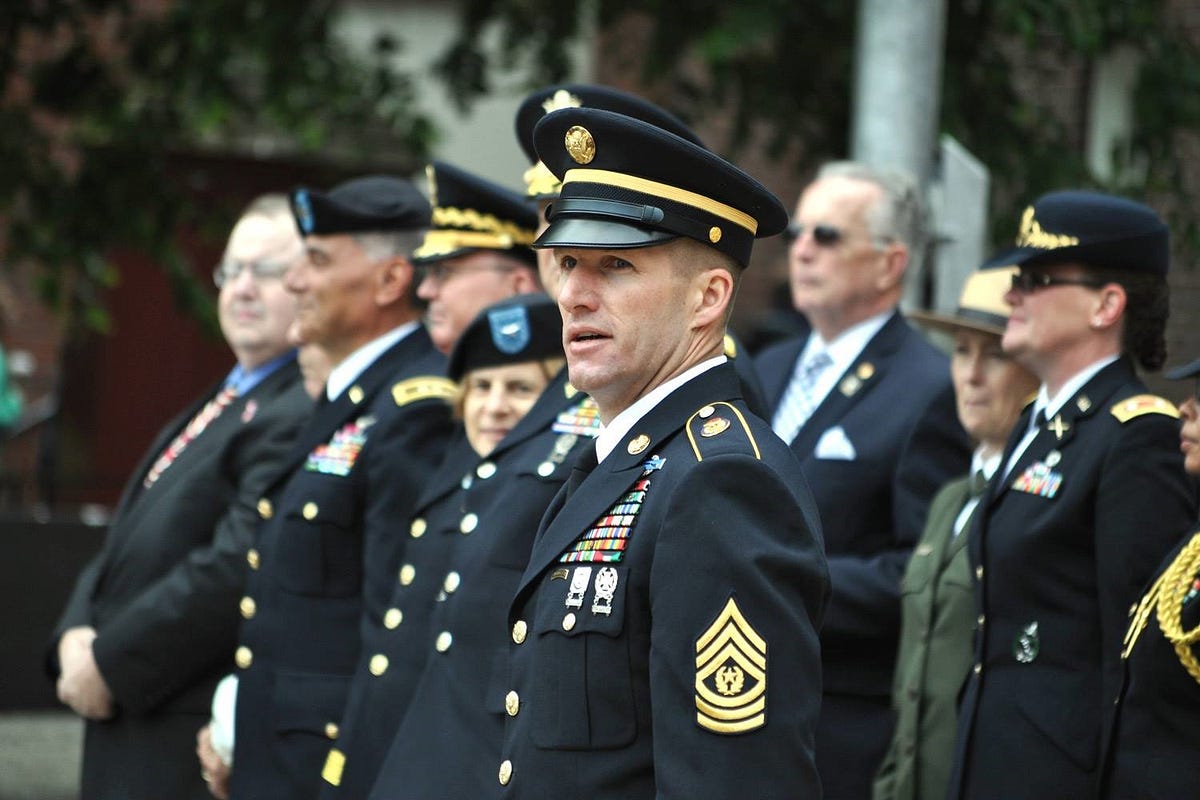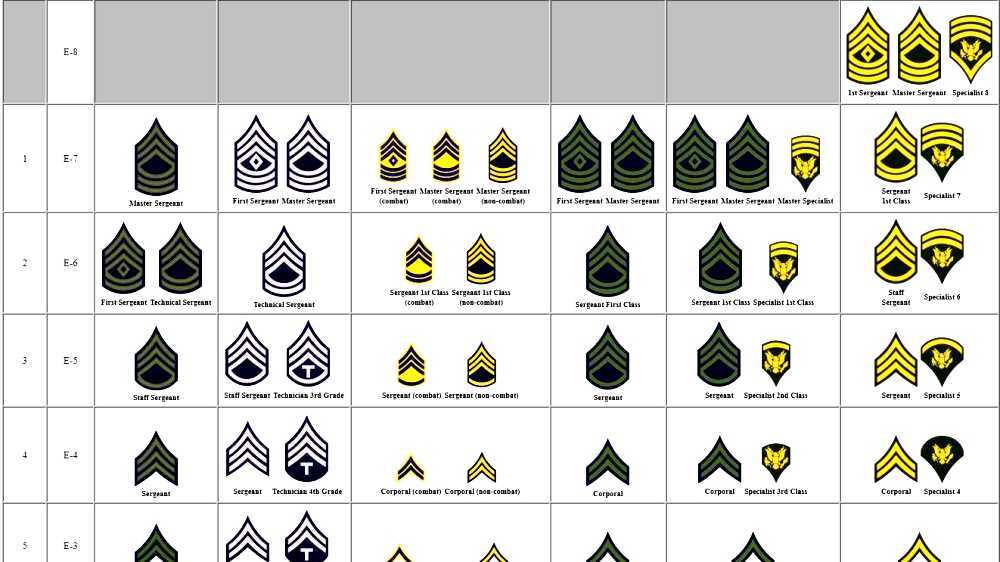

(There are some nuances to it, but you get the idea.)
#Enlisted military full#
This means that if you served in a combat zone for one year and deposited the full $10,000 as soon as you were eligible, you could earn an extra $1,000. You can earn 10% annual interest on a deposit of up to $10,000 through the SDP. Department of Defense (DoD) Savings Deposit Program (SDP).


Savings Deposit Program-While not technically a bonus, another opportunity to earn extra money, but only when you’re deployed in a designated combat zone, is through the U.S.Continuation Pay Bonus-Earn this retention bonus after 12 years of service when you commit to four more years.This bonus, which can be as high as $25,000 per year, is available to service members with critical military skills who have a rank of at least E-3. Selective Reenlistment Bonus-You get extra pay for signing back up or extending your contract for at least three years when you have served on active duty for at least 17 months.For example, an Army human intelligence collector is eligible for a signing bonus of up to $40,000 in 2022. Enlistment Bonus-By choosing and qualifying for a military occupational specialty in high demand, you can earn an enlistment bonus.Quick Ship Bonus-Earn up to $19,000 for reporting to basic training within 30 days of signing your contract.RAND's publications do not necessarily reflect the opinions of its research clients and sponsors. For information on reprint and reuse permissions, please visit The RAND Corporation is a nonprofit institution that helps improve policy and decisionmaking through research and analysis. Permission is required from RAND to reproduce, or reuse in another form, any of its research documents for commercial purposes. Unauthorized posting of this publication online is prohibited linking directly to this product page is encouraged. This representation of RAND intellectual property is provided for noncommercial use only. This document and trademark(s) contained herein are protected by law. All RAND reports undergo rigorous peer review to ensure high standards for research quality and objectivity. RAND reports present research findings and objective analysis that address the challenges facing the public and private sectors. This report is part of the RAND Corporation Research report series. This research was sponsored by the Office of the Secretary of Defense and conducted within the Forces and Resources Policy Center of the RAND National Security Research Division (NSRD). The results suggest that the services primarily focused on retention in order to meet their end strength goals during the COVID-19 pandemic. Changes primarily occurred between March and June 2020. The authors find that end strength and retention increased in each service except for the Marine Corps, accessions decreased in each service except for the Navy, enlistment contracts decreased in each service, and the quality of recruits increased in each service except for the Navy. The analysis also covers changes in military personnel policies made during the COVID-19 pandemic. The analysis covers changes in end strength, enlisted accessions, enlisted retention, the number of enlistment contracts, and the quality of recruits in each month of fiscal year (FY) 2020 relative to those of previous years. In this report, researchers provide an exploratory and descriptive analysis of the changes in military enlisted recruiting and retention during the first six months of the COVID-19 pandemic. The dramatic increase in the unemployment rate and the restrictions on in-person interactions could have changed individuals' incentives to join or remain in the military. The emergence of coronavirus disease 2019 (COVID-19) and the accompanying statewide shutdowns altered traditional models of recruiting and retaining military personnel.


 0 kommentar(er)
0 kommentar(er)
